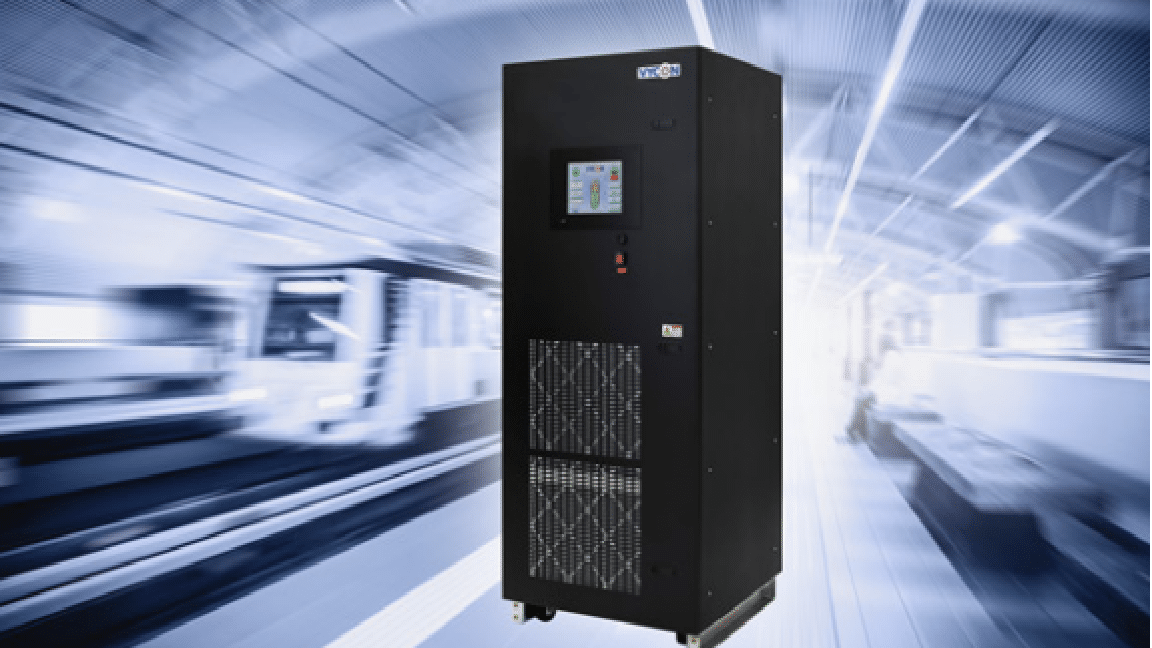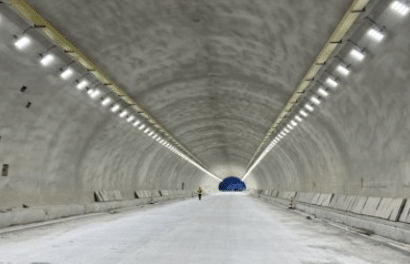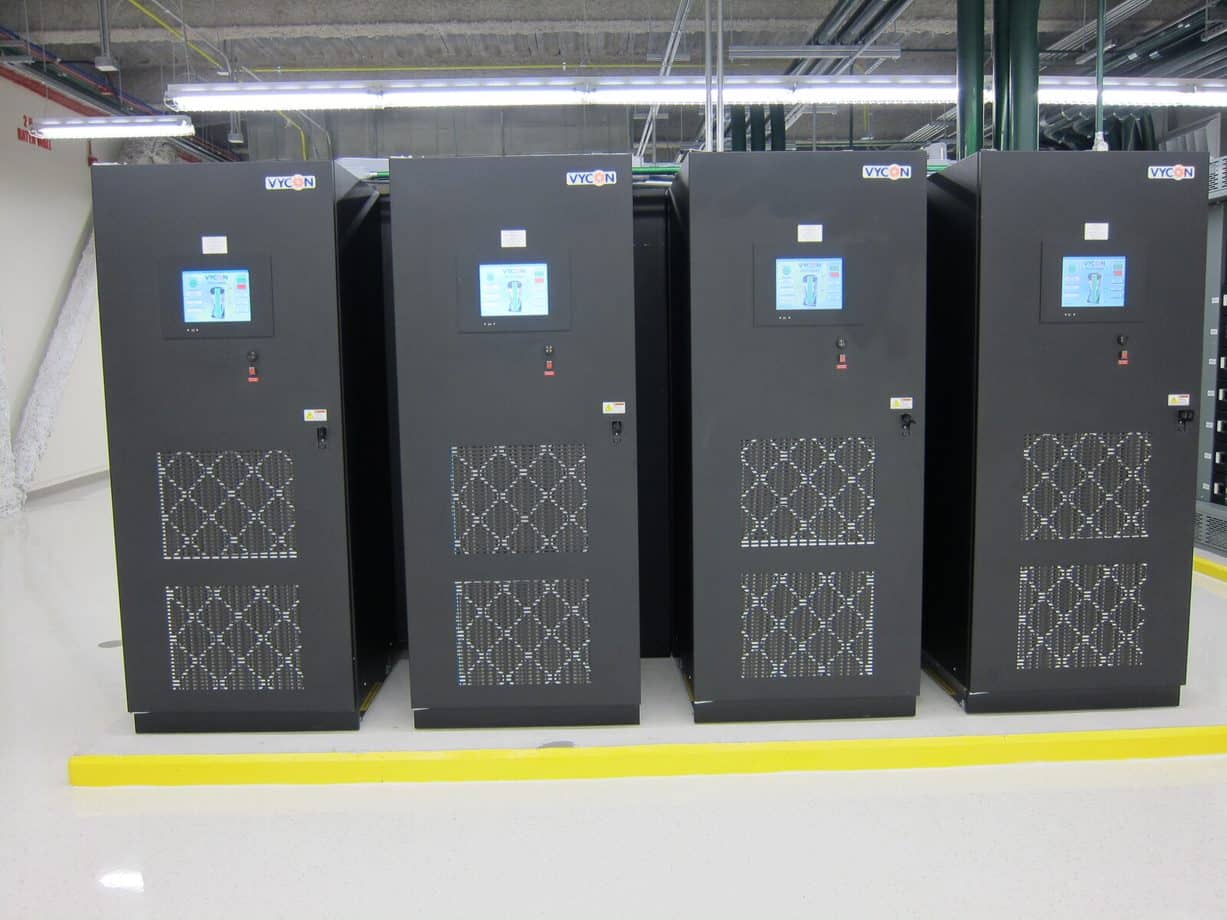Flywheel-based Wayside Energy Storage System for railway
Details
- Regions Auckland, Australia, Australian Capital Territory, Christchurch, Dunedin, Hamilton, Lower Hutt, Napier & Hastings, Nelson, New Plymouth, New South Wales, New Zealand, Northern Territory, Palmerston North, Queensland, Queenstown, Rotorua, South Australia, Tasmania, Tauranga, Victoria, Wellington, Western Australia
Contact
- Yuchen Xu 0401925127
- Website Visit
- Email chen@zigerenergy.com
ISupplier
- Company Name ZIGER ENERGY
- ISupplier Profile Visit

About
The flywheel energy storage solutions can provide a local energy storage capability that can capture and store energy produced by braking systems, and deliver it on-demand to reduce the power required for an accelerating train.
Sustainability Outcomes
The flywheel system can save up to 15%-20% of traction electricity consumption by reusing waste energy, as well as enhance power supply reliability and operational performance. and the personalized design, easy deployment, sizing flexibility and real-time accurate monitoring are the additional merits for such applications.
Applicable Credits
| IS v1.2 | Ene-1 , IS v1.2, Mat-1 , Was-3 |
| IS v2.1 | Ene-1 , IS v2.1, Rso-5 , Rso-6 |
| Ene-1 (ISv1.2) | Energy and carbon monitoring and reduction | The flywheel energy storage solutions can save up to 15%-20% of traction electricity consumption thus reduce the carbon emissions associated with operational trains |
| Mat-1 (ISv1.2) | Materials footprint measurement and reduction | The green, safe and proven flywheel system has 20 years' life and can run 2 million cycles, with zero cooling requirements and minimal maintenance. Its whole life cycle is deemed to emit less GHG emissions than business as usual. The flywheel is made of alloy steel material, and can be fully recycled after retirement, and the processing cost is low |
| Ene-1 (ISv2.1) | Energy Efficiency and Carbon Reductions | The flywheel energy storage solutions can save up to 15%-20% of traction electricity consumption thus reduce the carbon emissions associated with operational trains |
| Rso-6 (ISv2.1) | Material Life Cycle Impact Measurement and Management | The green, safe and proven flywheel system has 20 years' life and can run 2 million cycles, with zero cooling requirements and minimal maintenance. Its whole life cycle is deemed to emit less GHG emissions than business as usual. The flywheel is made of alloy steel material, can be fully recycled after retirement and the processing cost is low. |
| Rso –5 (ISv2.1) | The flywheel system is easy to be removed or disassembled, and its material can be recovered and reused at end of life. | |
| Was –3 (ISv1.2) | The flywheel system is easy to remove, and its material can be recovered and reused. |



